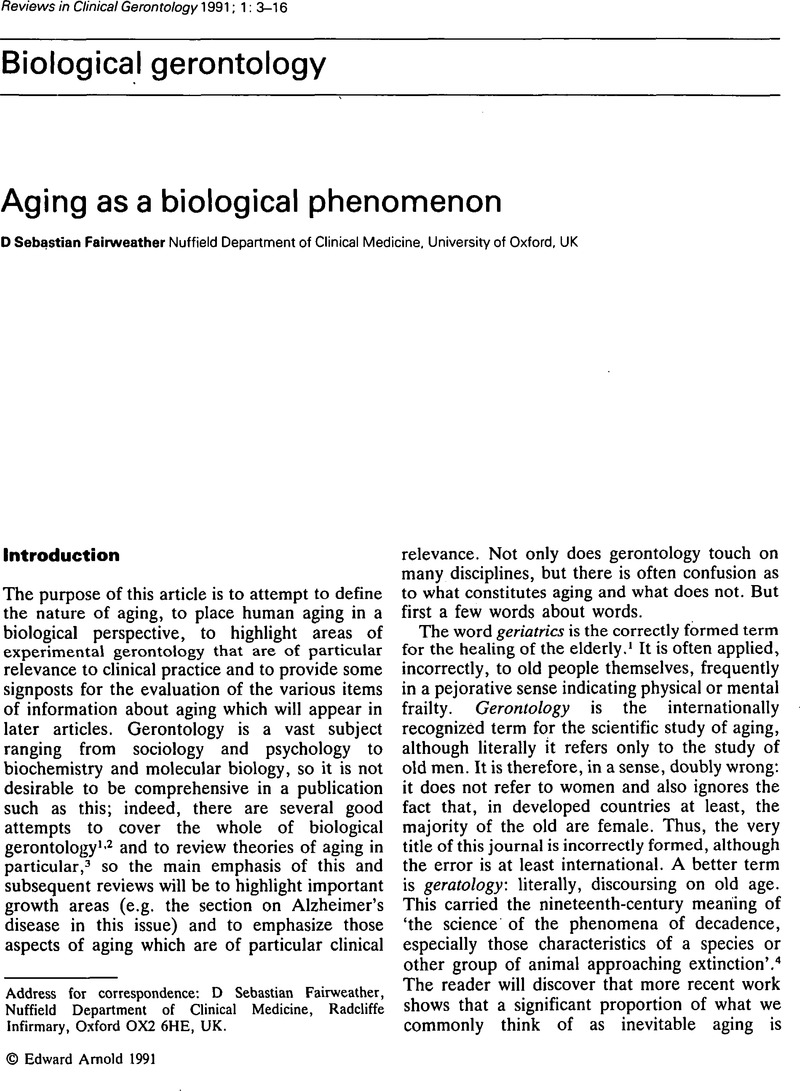Crossref Citations
This article has been cited by the following publications. This list is generated based on data provided by Crossref.
Fairweather, DS
1992.
Aging of the heart and the cardiovascular system.
Reviews in Clinical Gerontology,
Vol. 2,
Issue. 2,
p.
83.
Twining, Charles
1996.
Rehabilitation of Older People.
p.
54.
Wilkinson, Tim J.
and
Sainsbury, Richard
1998.
The Association between Mortality, Morbidity and Age in New Zealand's Oldest Old.
The International Journal of Aging and Human Development,
Vol. 46,
Issue. 4,
p.
333.



